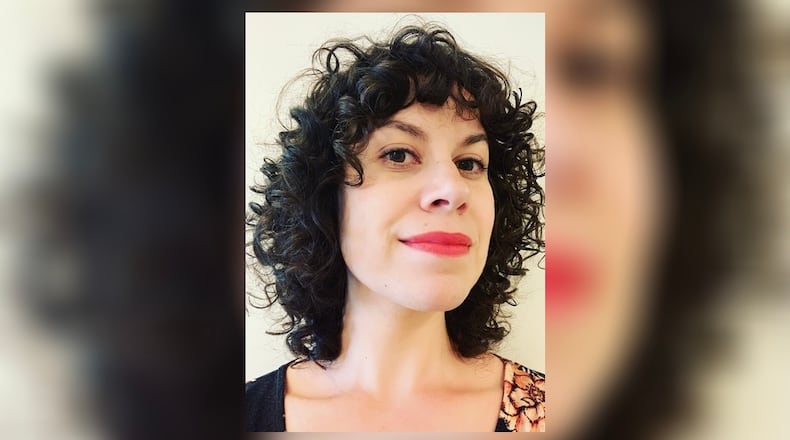These children love art class, but I quickly found that my behavioral expectations were being challenged. I felt frustrated and disappointed, brainstorming strategies for better listening and communication. Had I lost my groove from all that time online? Was I getting through to them?
Recently in my first grade class I decided to teach a lesson about observation and how important it is to “look closely.” Using mirrors to draw self-portraits, the children were encouraged to slow down and see detail. I told them that one day these drawings will help us reflect back on this time through which we’d persevered.
Inevitably, as these 6 and 7-year-olds closely studied their faces, some of them pulled their masks down to see their entire face. I couldn’t believe my eyes. Those full cheeks! Those little noses and rosebud mouths! They looked so... young. At this moment I was struck by a realization: over these past months, with the children masked, I’d been focused on the eyes as their main mode of communication, sometimes even more so than their actual words or actions. I would find myself at a loss if a child wasn’t looking at me during instruction. And when our eyes met, I wasn’t seeing the whole child. I was focused on the one facial feature that grows only one or two millimeters from the time we are babies until reaching full adult size. My expectations had been disproportionately raised. Logically, I know these little humans are not adults and that their brains are constantly firing off new synapses and reacting appropriately for their stage of development. But looking at those adult-sized eyes, I didn’t understand why I wasn’t getting across in the way I had hoped, the way I expected.
Expectations. We put so many on children, seeing in their behavior a reflection of ourselves, feeling that if they don’t perform appropriately then it doesn’t bode well for our fantasy of what it means to be a “good” caretaker or educator. The adage “be a window, not a mirror,” means that we ought to enable students to look to the realities of others rather than only seeing their own experiences. I was seeing myself in those eyes and not meeting the children where they were. Don’t mistake my observations for frustration with mask-wearing; I’m thankful every day to be part of a culture of empathy, where I’ve tried to do what I can to keep our children safe. Masking up allowed me to notice something I wouldn’t have otherwise. In this spirit, I wonder if we can go a little easier on the children in our lives, and in doing so, be gentler on ourselves. We humans are fallible. We must look more closely in order to truly see ourselves and others. This is how we are human, together.
Hannah Kasper Levinson holds a BFA in Painting from Tyler School of Art in Philadelphia and an MFA from Glasgow School of Art in Scotland. She teaches K-6 art in Dayton.
About the Author
